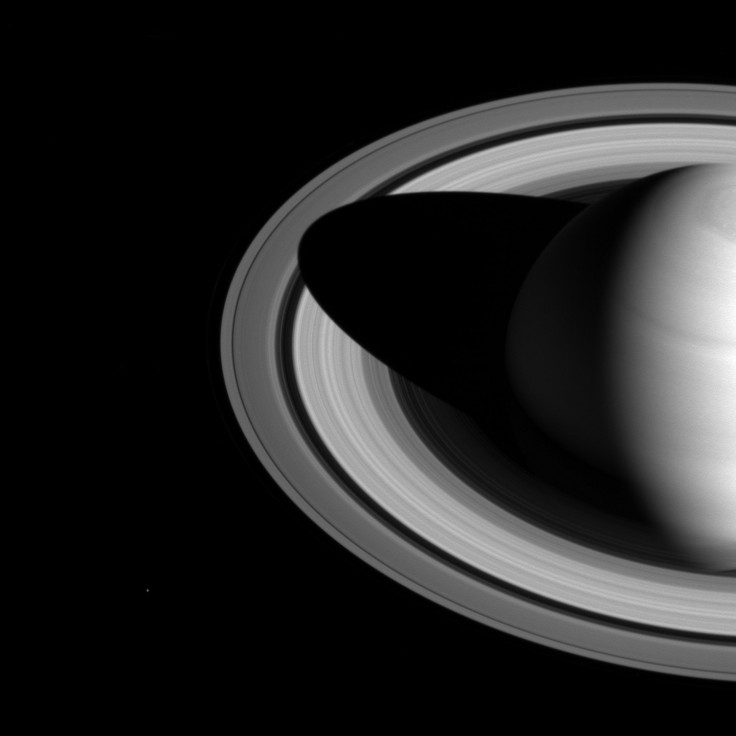Saturn Moon Could Be Hiding Alien Life: 'Cradle For Existence' Discovered?

The Saturn Moon Enceladus, the sixth largest moon of the planet, is known simply as a celestial body that expands 310 miles in diameter and covered in ice. The moon is considered as one of the most reflective bodies in space because of its composition but aside from that, there seems to be nothing special about it.
However, a recent report from Brian Cox, a physicist from the University of Manchester and host of the BBC series “The Planets” revealed that there’s more to Enceladus than just ice. In fact, the physicist said that the moon has all the elements to support life and that this finding is known to scientists for the past 25 years.
According to a report, NASA’s Cassini probe flew within 30 miles of the moon’s surface and discovered water-rich vapors coming from the south polar region of the celestial body. But not only that, scientists discovered the moon has cryovolcanoes that shoot water vapor, molecular hydrogen and other materials like sodium chloride crystals and other ice particles into space.
“Cassini has given us a glimpse beneath the ice of Enceladus and it is genuinely fascinating in a scientific sense because many biologists believe that hydrothermal vents like those are almost certainly present on the floor of Enceladus and they were the cradle for life on Earth. All the ingredients are present, there’s hot water in touch with ice and minerals that’s a reactive caldron of chemistry,” Cox said.
“There are reactive gases – methane – and Cassini found molecular hydrogen in the plumes and that was one of the food sources of primitive organisms on Earth. So there really is a possibility there is life in orbit around Saturn today.”
The exciting possibility of life on Saturn’s moon, however, shows that only primitive life could survive. “The prospect of life on Enceladus is exciting, but if it is there, it’s likely to be only the simplest and most primitive of organisms. And given how violent and changeable Saturn’s past has been, this world of ice and liquid water may only have arisen relatively recently,” Cox said.
Cox also said that if there is life on Saturn’s moon we can actually liken it to hydrothermal vent systems on Earth where organic life forms don’t just exist and survive but actually thrive.
Apart from Enceladus, the Saturn moon Titan is also believed to be home to other organic life forms. A report a few months back showed that the moon has deep lakes of hydrocarbons filled with liquid methane.
The report, which was released in Nature Astronomy, said that the lakes go to as much as 100 meters deep and could have been filled through methane rainfalls that spanned thousands of years. Methane gas has been associated with organic microbes called methanogens that can survive in rocks found deep underground.
© Copyright IBTimes 2024. All rights reserved.





















